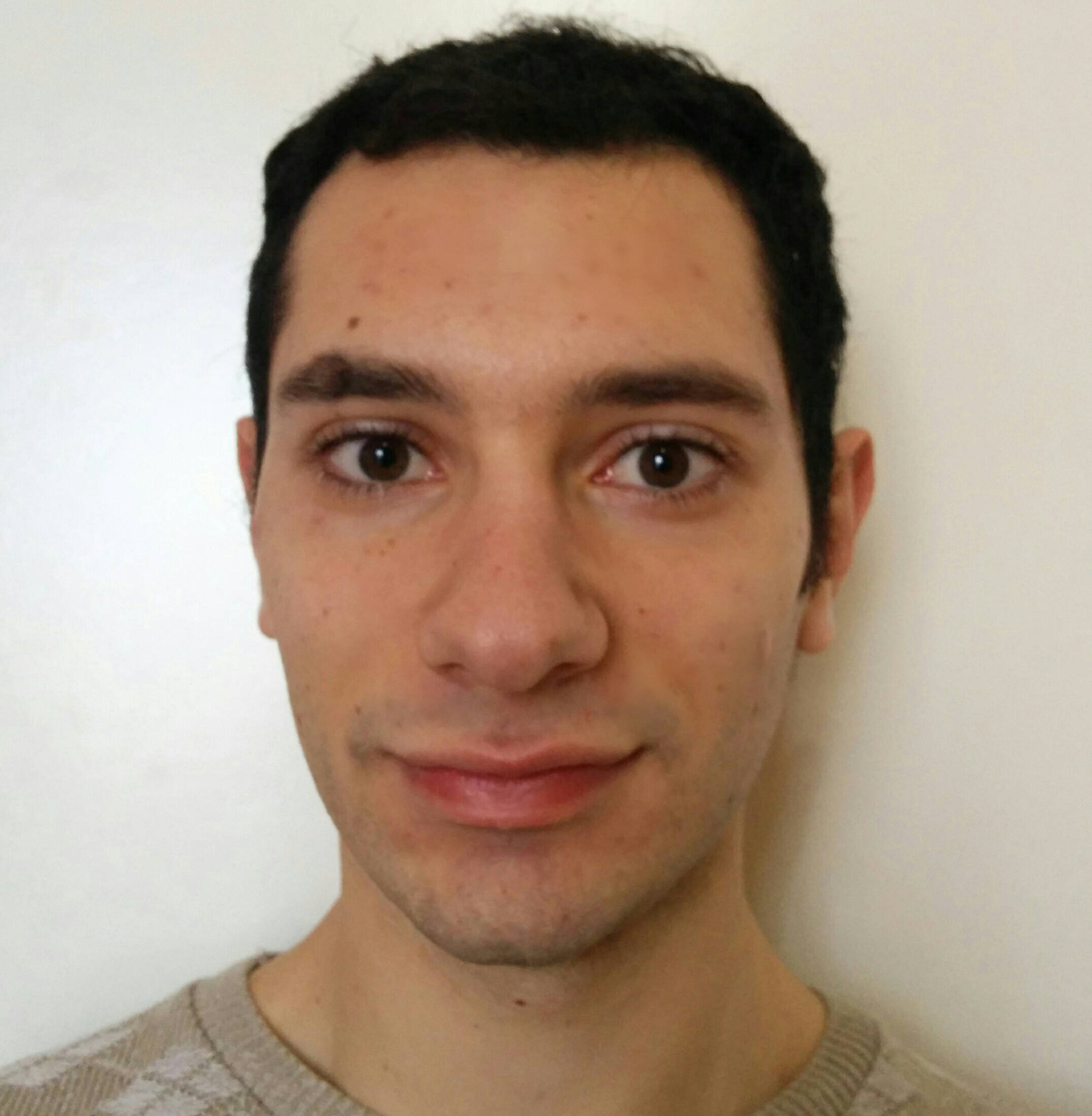 |
GIOVANNI MORRONE
|
Home |
Curriculum(pdf) |
Pubblicazioni
2021
- Audio-Visual Speech Inpainting with Deep Learning
[Relazione in Atti di Convegno]
Morrone, Giovanni; Michelsanti, Daniel; Tan, Zheng-Hua; Jensen, Jesper
abstract
In this paper, we present a deep-learning-based framework for audio-visual
speech inpainting, i.e., the task of restoring the missing parts of an acoustic
speech signal from reliable audio context and uncorrupted visual information.
Recent work focuses solely on audio-only methods and generally aims at
inpainting music signals, which show highly different structure than speech.
Instead, we inpaint speech signals with gaps ranging from 100 ms to 1600 ms to
investigate the contribution that vision can provide for gaps of different
duration. We also experiment with a multi-task learning approach where a phone
recognition task is learned together with speech inpainting. Results show that
the performance of audio-only speech inpainting approaches degrades rapidly
when gaps get large, while the proposed audio-visual approach is able to
plausibly restore missing information. In addition, we show that multi-task
learning is effective, although the largest contribution to performance comes
from vision.
2020
- An Analysis of Speech Enhancement and Recognition Losses in Limited Resources Multi-talker Single Channel Audio-Visual ASR
[Relazione in Atti di Convegno]
Luca, Pasa; Morrone, Giovanni; Badino, Leonardo
abstract
In this paper, we analyzed how audio-visual speech enhancement can help to perform the ASR task in a cocktail party scenario. Therefore we considered two simple end-to-end LSTM-based models that perform single-channel audiovisual speech enhancement and phone recognition respectively. Then, we studied how the two models interact, and how to train them jointly affects the final result. We analyzed different training strategies that reveal some interesting and unexpected behaviors. The experiments show that during optimization of the ASR task the speech enhancement capability of the model significantly decreases and vice-versa. Nevertheless the joint optimization of the two tasks shows a remarkable drop of the Phone Error Rate (PER) compared to the audio-visual baseline models trained only to perform phone recognition. We analyzed the behaviors of the proposed models by using two limited-size datasets, and in particular we used the mixed-speech versions of GRID and TCD-TIMIT.
2019
- Audio-Visual Target Speaker Extraction on Multi-Talker Environment using Event-Driven Cameras
[Working paper]
Arriandiaga, Ander; Morrone, Giovanni; Pasa, Luca; Badino, Leonardo; Bartolozzi, Chiara
abstract
In this work, we propose a new method to address audio-visual target speaker extraction in multi-talker environments using event-driven cameras. All audio-visual speech separation approaches use a frame-based video to extract visual features. However, these frame-based cameras usually work at 30 frames per second. This limitation makes it difficult to process an audio-visual signal with low latency. In order to overcome this limitation, we propose using event-driven cameras due to their high temporal resolution and low latency. Recent work showed that the use of landmark motion features is very important in order to get good results on audio-visual speech separation. Thus, we use event-driven vision sensors from which the extraction of motion is available at lower latency computational cost. A stacked Bidirectional LSTM is trained to predict an Ideal Amplitude Mask before post-processing to get a clean audio signal. The performance of our model is close to those yielded in frame-based fashion.
2019
- Face Landmark-based Speaker-Independent Audio-Visual Speech Enhancement in Multi-Talker Environments
[Relazione in Atti di Convegno]
Morrone, Giovanni; Pasa, Luca; Tikhanoff, Vadim; Bergamaschi, Sonia; Fadiga, Luciano; Badino, Leonardo
abstract
In this paper, we address the problem of enhancing the speech of a speaker of
interest in a cocktail party scenario when visual information of the speaker of
interest is available. Contrary to most previous studies, we do not learn
visual features on the typically small audio-visual datasets, but use an
already available face landmark detector (trained on a separate image dataset).
The landmarks are used by LSTM-based models to generate time-frequency masks
which are applied to the acoustic mixed-speech spectrogram. Results show that:
(i) landmark motion features are very effective features for this task, (ii)
similarly to previous work, reconstruction of the target speaker's spectrogram
mediated by masking is significantly more accurate than direct spectrogram
reconstruction, and (iii) the best masks depend on both motion landmark
features and the input mixed-speech spectrogram. To the best of our knowledge,
our proposed models are the first models trained and evaluated on the limited
size GRID and TCD-TIMIT datasets, that achieve speaker-independent speech
enhancement in a multi-talker setting.